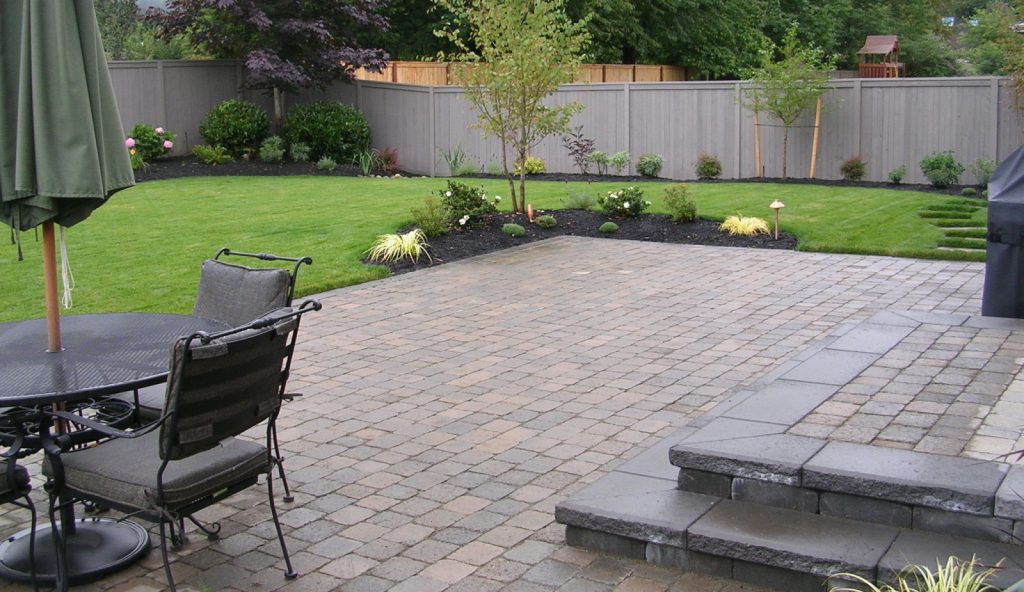How much repair is required is of course a function of pavement’s current state of degradation. There are many options to restore a smoother surface.
Asphalt, like people, deteriorates over time. It may be a tough mix of gravel, sand, and bituminous fluid that stands up to semi-tractor trailers, but time and other factors take their toll. This is why we have potholes – and the imperative to repair asphalt on a regular basis. Asphalt repair service is a brisk business nationwide.
Indeed, regular maintenance is the key to longer last roads, parking lots and driveways. Money spent earlier saves much more money later.
Private and commercial asphalt contractors provide repair services, but what exactly is included in pavement repairs? What should the homeowner or department of transportation do to stave off cracks, crevices and the need to curse from pothole hits to vehicles? There are several tactics, somewhat dependent on the current degree of asphalt damage or deterioration:
Regular maintenance
Seal surfacing: This is where a slurry is applied to the driveway or parking lot to fill cracks and voids, extending the life of the pavement that was laid a year or longer ago. It effectively protects from water seepage below the surface, which undermines the pavement and is the primary cause of potholes.
Crack sealing: Instead of sealing an entire road, parking lot or driveway, noticeable cracks can be sealed on a spot basis (through the entire length of the crack) to prevent water infiltration.
Resurface: Older pavement might simply be ready for resurfacing if there are no serious problems. It can be resurfaced with 1.5 inches or more of asphalt material laid over the existing pavement.
Light damage repair
Throw-and-go patch material: When the season is wet and/or cold (below freezing), it may be necessary to do a temporary repair of loose asphalt that is tamped into the hole. It is not likely to last, as asphalt will not adhere to the hole surface areas.
Permanent patching: When weather conditions allow (usually, drier and warmer temperatures above 50 degrees F), a pothole up to 4 inches in depth can be repaired with permanent asphalt mix.
Severe damage repair
Skin patching: When pavement has depressions (look for pooling after rainfall) or potholes, a skin patch might applied to restore level pavement.
Removal and replacement: When the problems are significant and widespread, a scrape-and-replace is advised. This not only provides longer-lasting pavement, the material that is scraped is 100% recyclable.
Ideally, asphalt is first laid and repaired in dry, warmer weather. Hot asphalt isn’t even manufactured for building and repairs in some parts of the country during the winter because the surface areas are either wet or the asphalt material cannot stay warm long after leaving the plant. This is one of many reasons why a repair schedule should be maintained with long-range foresight.

